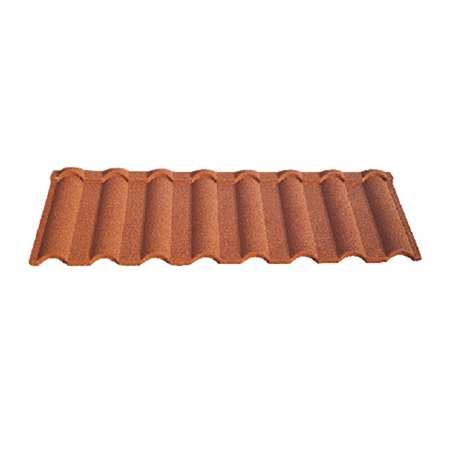
আগস্ট . 19, 2024 00:36 Back to list
Exploring the Art and Craft of Clay Tile Production
The Art and Craft of Clay Tiles
Clay tiles have been a fundamental element in architecture and design throughout history, cherished not only for their aesthetic appeal but also for their durability and versatility. Originating from various cultures across the globe, these earthy materials have transformed both the interiors and exteriors of buildings, reflecting the unique artistry and traditions of their creators.
The Origins of Clay Tiles
Clay tiles date back thousands of years, with evidence of their use found in ancient civilizations like Mesopotamia, Egypt, and the Indus Valley. The earliest examples were often handcrafted, shaped by artisans who utilized local clay, which was then sun-dried or kiln-fired to achieve hardiness. As cultures evolved, so did the techniques for crafting these tiles, expanding their range from simple, functional items to intricate works of art.
Today, the process of creating clay tiles remains largely traditional, although innovations in technology have introduced new methods and materials. The basic process involves sourcing high-quality clay, mixing it with water, and shaping it into the desired form. Artisans can add colors or glazes, creating stunning visual effects that enhance the tile's natural beauty. Once shaped, the tiles are fired in kilns, ensuring they are durable enough to withstand the test of time.
Aesthetic Appeal and Versatility
The visual versatility of clay tiles makes them a favored choice in both contemporary and traditional settings. They come in a variety of colors, sizes, and finishes, allowing designers to create intricate patterns or simple, understated looks. From rustic terracotta finishes to sleek, modern glazes, clay tiles can complement any architectural style or interior decor.
In residential applications, clay tiles are commonly used for flooring, backsplashes, and decorative accents. Their natural earth tones add warmth and character to spaces, while their durability ensures they can withstand wear and tear. In commercial settings, clay tiles offer practical benefits as well; they are fire-resistant and easy to clean, making them ideal for high-traffic areas like restaurants and retail spaces.
tiles clay

Cultural Significance
Beyond their practical applications, clay tiles hold cultural significance in many societies. In regions such as Spain and Morocco, for instance, the intricate designs and vibrant colors of clay tiles are emblematic of traditional craftsmanship and artistic expression. These tiles often tell stories or depict elements of nature, connecting people to their heritage through art.
The famous Spanish azulejos, which are decorative ceramic tiles, showcase a stunning array of patterns and colors, often used to adorn churches, palaces, and public spaces. Similarly, the intricate tile work found in Moroccan riads reflects the country's rich history and cultural influences, with geometric designs that captivate the eye.
Sustainability and Modern Trends
In recent years, the sustainability of clay tiles has gained attention as consumers become more environmentally conscious. Many manufacturers now focus on using locally sourced materials and eco-friendly firing techniques, reducing the carbon footprint associated with tile production. Furthermore, clay tiles are a natural, recyclable material that does not harm the environment, making them an attractive option for sustainable construction practices.
As trends in interior design continue to evolve, the use of clay tiles is seeing a resurgence. Homeowners and designers alike are embracing the charm and character of clay tiles, incorporating them into modern spaces while still honoring their historical roots.
Conclusion
Clay tiles are more than just decorative elements; they represent a blend of art, culture, and functionality. Their timeless appeal and adaptability make them a beloved choice in architectural design, and their rich history adds depth to their beauty. Whether used in traditional applications or innovative modern settings, clay tiles continue to enchant and inspire, offering a connection to the past while paving the way for future creativity.
-
Premium Round Asphalt Shingles: Durable & Elegant Roofing
NewsAug.01,2025
-
Eco-Friendly Clay Tiles | AI-Enhanced Durability
NewsJul.31,2025
-
Durable Shingle Granules for Premium Roofs
NewsJul.31,2025
-
Stone Coated Metal Roof Tile-Roman Tile for Durable Roofing Solutions
NewsJul.30,2025
-
Stone Coated Metal Roof Tile-Wood Grain Tile for Durable Roofing
NewsJul.30,2025
-
Stone Coated Metal Roof Tile-Nosen Tile: Durable, Stylish Roofing Solution
NewsJul.29,2025







